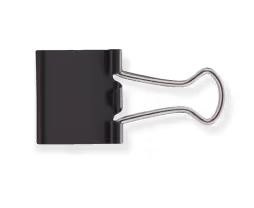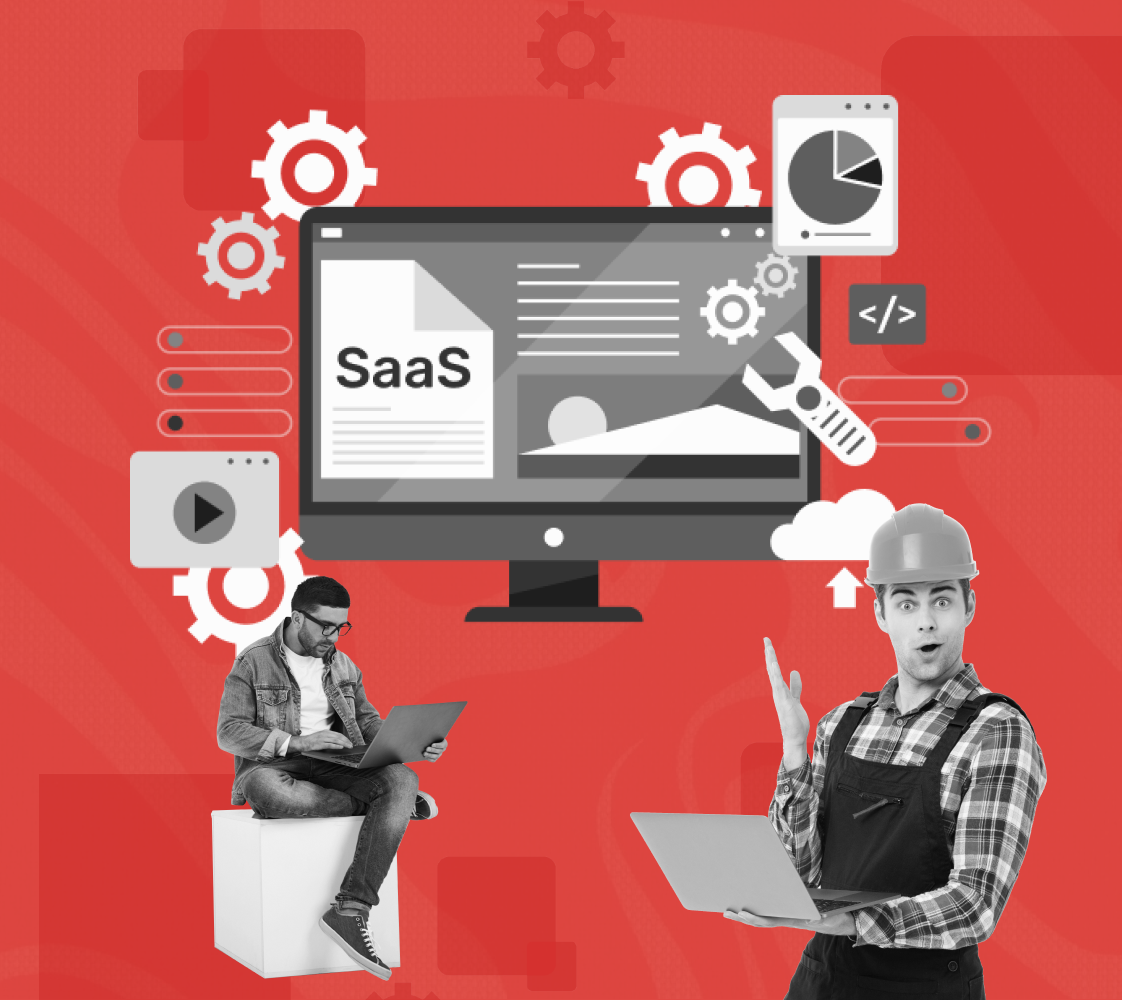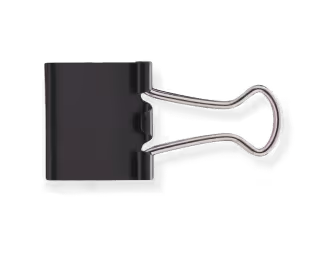In B2B tech marketing, standing still means falling behind. Today’s buyers don’t just want products; they want solutions tailored to their complex challenges. The pressure to deliver smarter, faster, and more personalized marketing is higher than ever.
This blog breaks down the strategies that cut through the clutter and connect with the right people at the right time. Ready to rethink your approach?
TL;DR
- B2B tech marketing is about helping decision-makers to solve real business problems with clear, solution-first messaging.
- Understanding the type of tech company (software, hardware, cloud, consulting, or cybersecurity) and its buyers is key to building the right strategy.
- Core strategies include building buyer personas, creating value-led content, optimizing websites for conversions, and using tools like email marketing and AI-based personalization.
- Staying relevant requires tracking performance metrics, adopting new tools, and keeping up with trends like video marketing, ABM, and intent-based outreach.
- Beetle Beetle helps B2B SaaS brands build websites that convert by focusing on clear messaging, buyer psychology, and conversion-led design.
What is B2B Tech Marketing?
B2B tech marketing is how you promote your technology products or services to other businesses. Instead of selling to individual consumers, you’re reaching out to decision-makers like IT managers or executives, who need solutions to solve real business challenges.
Your goal is to build trust, share valuable insights, and show how your tech can make their work easier and their company stronger.
In fact, 77% of B2B buyers state that their latest purchase was very complex or difficult, highlighting the need for clear, solution-oriented marketing.
Before you craft your strategy, it’s vital to understand not just what B2B tech marketing is, but who exactly you're marketing for and that starts with knowing the different players in the tech ecosystem and their unique buyers.
Breaking Down B2B Tech Companies and Who They Sell To
To build the right strategy, you need a clear picture of the kind of tech company you’re marketing for and more importantly, who’s on the other end making the buying decisions. Here's how the B2B tech space breaks down:
1. Software Companies
These include SaaS platforms, enterprise tools, and custom software solutions designed to streamline operations, data management, or team collaboration. Buyers typically include IT managers, operations heads, product teams, or business analysts who are responsible for choosing the right tools to meet specific needs.
2. Hardware Providers
These companies manufacture and sell physical tech such as servers, networking equipment, data storage units, or end-user devices. The buying audience usually consists of procurement teams, infrastructure managers, or IT directors who evaluate hardware based on compatibility, performance, and long-term reliability.
3. Cloud and Infrastructure Services
These businesses offer cloud hosting, storage, computing power, and platform services that support scalable digital operations. Their buyers are often CTOs, DevOps leads, or platform architects focused on uptime, cost-efficiency, and deployment flexibility.
4. IT Consulting and System Integrators
These firms deliver strategic guidance, technical implementation, and custom integrations across tech stacks. Their buyers tend to be senior executives, digital transformation leaders, or project managers looking for hands-on expertise and minimal business disruption.
5. Cybersecurity Companies
These provide tools and services that secure data, networks, and endpoints and ensure regulatory compliance. Buyers typically include CISOs, compliance officers, and risk management teams, who are responsible for safeguarding business-critical assets and maintaining trust.
Once you understand the type of company you’re working with and who they’re selling to, your marketing can be sharper, more relevant, and grounded in what actually matters to the buyer. That’s the foundation of any strategy that works in 2025 and beyond.
Effective B2B Tech Marketing Strategies That Deliver Results
Marketing in the B2B tech space isn’t about throwing ideas at the wall; it’s about smart, targeted moves that align with how buyers actually make decisions. This section breaks down proven strategies that help you cut through the noise, build trust, and convert prospects into customers.
1. Define Clear Buyer Personas
Successful B2B tech marketing starts with a deep understanding of your audience. Develop detailed buyer personas that capture roles, challenges, goals, and decision-making processes. Today’s B2B tech buyers often include cross-functional teams, so map out all key stakeholders from IT managers to finance executives to ensure messaging resonates at every level.
Refining buyer personas regularly helps keep your marketing aligned with shifting buyer priorities. When paired with clear, research-backed messaging, this approach maximizes engagement.
This is exactly why Beetle Beetle invests heavily in research before rewriting SaaS website copy to make sure every word speaks directly to the right buyer personas.
2. Build Brand Awareness
Brand credibility is a major driver in B2B tech purchasing decisions. Invest in building a strong, consistent brand presence across digital channels, industry events, and thought leadership platforms.
Use social proof such as client testimonials, case studies, and expert endorsements to reinforce trust and authority in your niche. A recognizable brand helps you stand out in a crowded market and shortens the sales cycle by instilling confidence among potential buyers.
3. Utilize Content Marketing
Content remains a cornerstone of B2B tech marketing. Create value-driven assets—whitepapers, case studies, explainer videos, and webinars that address your audience’s pain points and educate them on solutions.
In 2025, AI-driven content creation and personalization are transforming how marketers deliver relevant information at scale, ensuring the right message reaches the right person at the right time. Video content, in particular, is seeing significant engagement and should be a primary focus.
4. Strategic Email Marketing
Email remains one of the most effective channels for nurturing leads and driving conversions in B2B tech. Segment your lists based on buyer personas and engagement levels, and use automation to deliver personalized, timely content.
Incorporate interactive elements, such as surveys or demo invitations, to boost engagement and move prospects further down the funnel.
5. Optimize Your Website for Lead Generation
Turn your website into a lead-generation engine by incorporating clear calls to action, intuitive navigation, and conversion-focused landing pages.
Use AI-powered chatbots and interactive tools to engage visitors in real-time, answer questions, and guide them toward demo requests or contact forms. Regularly test and refine your site elements to maximize conversion rates.
Beetle Beetle builds websites that don’t just inform, they persuade. Using data-driven design, they craft seamless journeys that turn visitors into qualified leads and help sales teams close faster.
6. Use the Right Marketing Technologies
Use the latest marketing technologies to enhance your strategy:
- AI and Automation: Streamline content creation, lead scoring, and campaign management.
- Intent Data Platforms: Identify and engage prospects showing buying signals.
- ABM Tools: Personalize outreach for high-value accounts.
- Video Marketing Platforms: Create and distribute engaging video content.
60% of B2B marketers plan to invest in AI tools in 2025 to scale campaigns and personalize outreach.
7. Tracking and Measuring Metrics
Data-driven decision-making is essential. Track key metrics such as lead quality, conversion rates, engagement, and customer lifetime value. Use analytics platforms and dashboards to gain real-time insights and adjust your strategies for optimal performance.
AI-driven analytics can surface actionable trends and opportunities faster than manual analysis.
8. Staying Current with Industry Trends
The B2B tech landscape evolves rapidly. Stay ahead by continuously monitoring emerging trends, such as AI-driven personalization, voice search, and sustainability initiatives.
Participate in industry events, subscribe to thought leadership publications, and engage with professional communities to ensure your strategies remain relevant.
9. Offer Free Trials
Free trials and demos are powerful tools for B2B tech marketers. They allow prospects to experience your solution firsthand, reducing perceived risk and accelerating decision-making. Make the sign-up process seamless and provide support to maximize trial-to-customer conversion rates.
10. Benefits of Experimenting with New Tools
Continuous experimentation with new marketing tools and tactics keeps your strategy agile and competitive. Early adoption of innovative technologies such as generative AI, immersive experiences, or new automation platforms can deliver outsized results and help you stay ahead of competitors. Test, measure, and scale what works to drive ongoing growth.
By integrating these strategies, B2B tech marketers can build strong brands, engage target audiences, and drive measurable business outcomes in 2025 and beyond.
Staying Ahead in B2B Tech Marketing with Beetle Beetle
The rules of the game keep changing. The strategies we discussed, knowing your buyer, building your brand, delivering clear messaging, and optimizing your website, are essential. But what really matters is staying flexible and ready to evolve.
Technology moves fast, and buyer expectations shift. The companies that win are those that don’t just react, they anticipate what’s next and adjust before others do.
That’s where Beetle Beetle makes the difference. They don’t just design websites; they build conversion-focused platforms crafted for B2B SaaS brands. Their deep understanding of buyer behavior and sales-driven messaging means your site will work as hard as you do.
Ready to step ahead? Book a call with Beetle Beetle and turn your website into your top-performing marketing tool.
FAQs
1. How can companies stay ahead in B2B tech marketing?
Stay flexible. Build brand authority, refine personas, adapt your tactics, track metrics closely, and keep an eye on emerging trends. The brands that anticipate change, rather than follow it, are the ones that stand out.
2. Why experiment with new marketing tools?
The tech and marketing landscape keeps shifting from generative AI to voice interfaces. Testing and scaling emerging tools early can give you a competitive edge.
3. What role do free trials and demos play?
They’re critical. By letting prospects experience your product, you reduce friction and speed decision-making. Smooth onboarding and trial support help raise conversion success.
4. Why optimize your website for lead generation?
Think of your site as a salesperson working 24/7. You need clear CTAs, easy navigation, and tools like AI chatbots. These elements turn casual visitors into demo sign-ups or qualified leads. And data-driven website design helps improve performance continuously.
5. How important is email marketing today?
Email is still vital. By segmenting lists, automating campaigns, and including interactive elements like surveys or demo invites, you can nurture leads through long sales cycles.


.jpg)





























